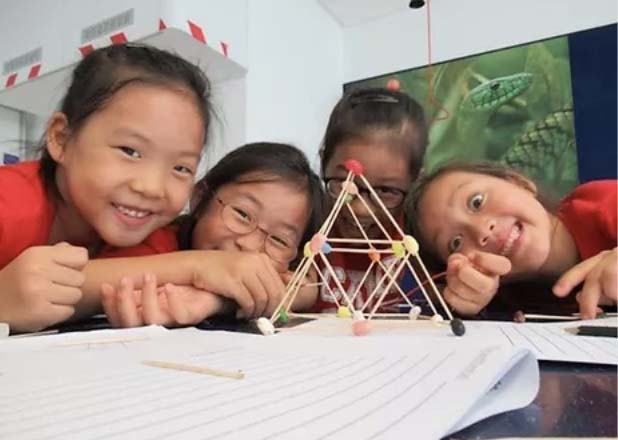Selecting the right primary Chinese tuition for your child can feel like a daunting task, especially with a myriad of options available in today’s educational landscape. As Chinese language skills become increasingly essential in a globalized world, parents want to ensure their children are receiving quality instruction that fosters fluency, confidence, and a deep understanding of the language and culture. This guide aims to help parents navigate the process by highlighting key considerations and practical tips to choose the best primary Chinese tuition suited to their child's unique needs and learning style.
Understanding Your Child’s Learning Needs and Goals
Before starting the search for Chinese tuition, parents should first assess their child's current level of proficiency and their learning objectives. Is the child a complete beginner, or do they need help with reading comprehension or conversational skills? Clarifying these needs helps narrow down suitable programs. Setting clear goals, such as passing specific exams, achieving conversational fluency, or understanding Chinese culture, allows parents to select a tuition class that aligns with their expectations. Recognizing whether the child learns best through visual aids, interactive activities, or structured lessons can also guide the choice of teaching methods and tutor styles.

Evaluating the Quality of the Tuition Provider
The most critical factor in choosing primary Chinese tuition is the quality and reputation of the provider. Parents should seek out tutors or centers with proven experience and positive reviews. Certification and qualifications of the tutors can serve as indicators of their expertise, especially their familiarity with primary curriculum requirements and examination standards. A reputable tuition center often emphasizes a balanced approach combined with engaging teaching techniques, catering to young learners’ attention spans. Visiting the center or arranging trial lessons can give parents a firsthand feel of the teaching environment, ensuring it is nurturing, orderly, and well-equipped for immersive language learning.
Considering Teaching Methods and Resources
Effective Chinese tuition should incorporate a variety of teaching methods that make learning both enjoyable and effective. Look for tutors who use multimedia tools, interactive exercises, and culturally relevant materials such as Chinese stories, songs, or videos. Hands-on activities, like calligraphy exercises or language games, help reinforce learning by actively involving children. Also, check if the program offers supplementary resources such as practice worksheets, flashcards, or mobile apps for revision. The goal is to find a program that not only focuses on textbooks but also stimulates curiosity and provides practical language exposure that matches the child's learning style.
Class Size and Individual Attention
The size of the class can significantly impact the quality of instruction and the child's learning experience. Smaller classes are generally more conducive to personalized attention, allowing tutors to identify and address individual learning gaps. If possible, opt for a tuition setting that offers semi-private or small group lessons, especially if your child is shy or needs extra encouragement. Personalized feedback and tailored lesson plans are more achievable in smaller settings, which can lead to faster progress and increased confidence. Remember, the primary goal is to ensure your child feels supported and motivated to participate actively in their language learning journey.
Flexibility and Convenience
Logistics often play a vital role in the decision-making process. Consider the location of the tuition center and whether it’s easily accessible from home or school. Flexible scheduling is equally important, particularly for busy families juggling multiple commitments. Some centers offer weekend or evening classes, while others might provide online lessons, which can be especially convenient for remote or traveling families. Ensuring that the class timings align well with your child's daily routine minimizes stress and helps maintain consistency in learning. Ultimately, a convenient and flexible schedule helps your child stay motivated and engaged in their Chinese language journey.

Supportive Learning Environment and Cultural Exposure
Language is intrinsically linked to culture, and a good Chinese tuition program should foster cultural appreciation alongside language learning. Look for programs that incorporate elements of Chinese traditions, festivals, storytelling, and history. A supportive, encouraging environment where children feel comfortable making mistakes and trying new things is crucial, especially at a young age. Tutors who show patience, enthusiasm, and cultural sensitivity can ignite a child’s interest in Chinese language and culture, turning learning into an engaging and meaningful experience rather than just a scholastic obligation.
Final Thoughts
Choosing the best primary Chinese tuition requires thoughtful consideration of your child's needs, the quality of the program, teaching methods, class size, and logistical factors. By prioritizing a nurturing environment that promotes both language mastery and cultural understanding, parents can select a program that truly enriches their child's learning experience. Remember, the goal is to foster a love for Chinese language and culture while building a solid foundation for future academic and personal success. With careful research and attention to your child's unique preferences, you can find a tuition program that inspires confidence and enjoyment in learning Chinese.




Comments